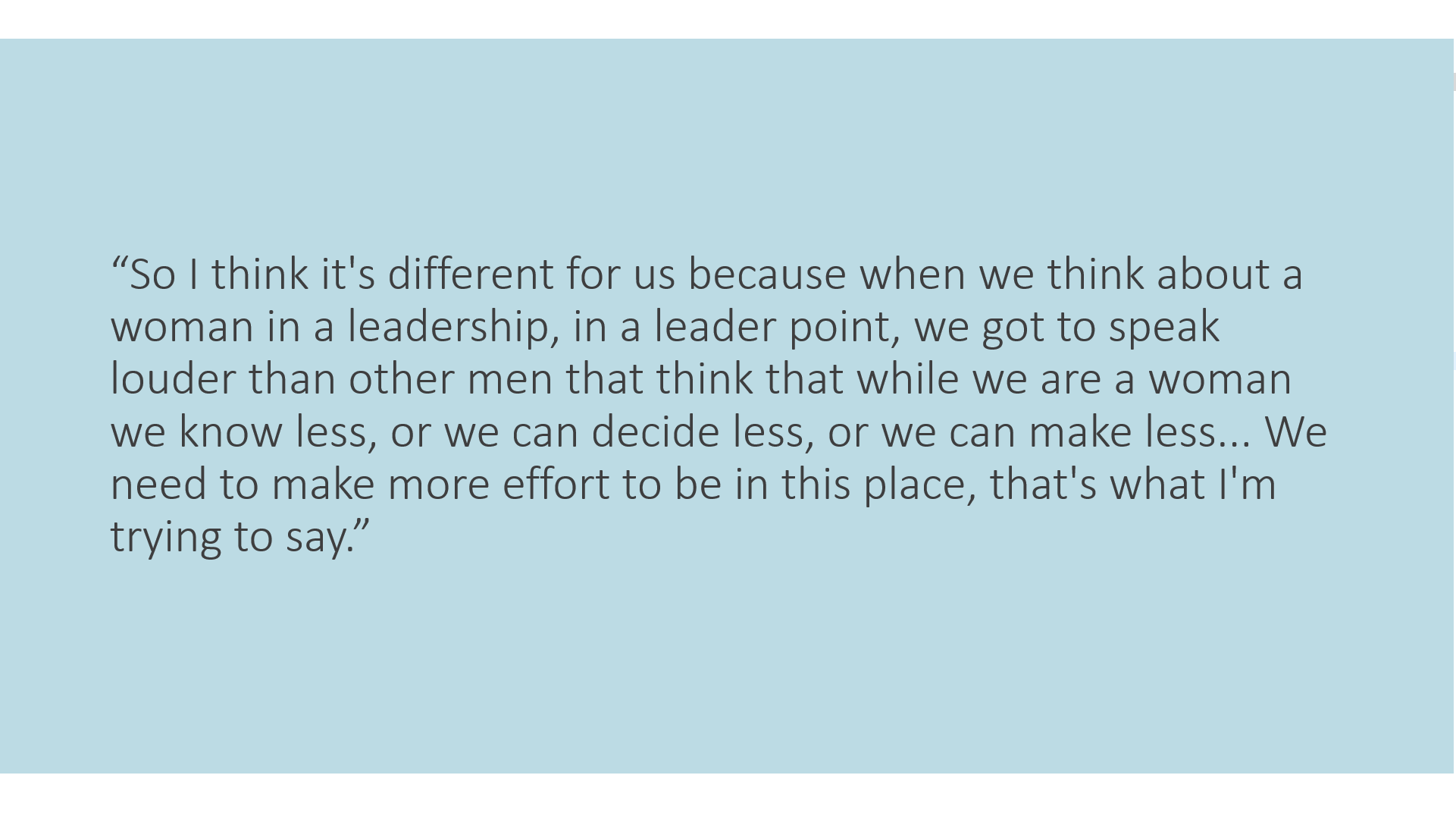Increasing Diversity, Equity and Inclusion in Field Epidemiology: Our Learnings So Far!
Written by Rachel Mather - Epidemiologist at Field Epi in Action
Introduction
With a special interest in the gendered experiences of field epidemiology training, we were delighted when the theme for this years Field Epidemiology Day (WFED) was announced: Increasing Diversity, Equity and Inclusion in Field Epidemiology. Even better were the opportunities the SAFETYNET (11-15 September) and TEPHINET Americas (25-28 September) conferences presented to connect with the field epi community to learn more about their experiences of diversity, equity and inclusion within our profession, and share some of our learning so far.
2023 World Field Epidemiology Day Theme
WFED is a relatively new fixture on our calendars: the first WFED was celebrated in 2021, in recognition and celebration of the vast contributions of field epidemiologists throughout the COVID-19 pandemic. This September 7th we celebrated the 3rd WFED by reflecting on how we can support greater diversity, equity and inclusion for field epidemiologists. We believe diversity amongst field epis is critical to achieving health for all. Diversity in our workforce and across our leadership means that the grand challenges of health are approached with the widest array of perspectives… and solutions! Within our own field epi community, we see opportunities to examine the ways we train and operate in order to maximise equity for all. For example, we are designing a gender analysis of field epidemiology training programs (FETPs) to understand how the benefits of training can be shared equally. By understanding what diversity and equity look like in field epidemiology, we can work together to make our programs as inclusive as possible.
Facilitating Interactive Learning Sessions (ILS) at TEPHINET Conferences
The activities I am describing below are joint initiatives of FEiA and National Centre for Epidemiology and Population Health (NCEPH) at the Australian National University (ANU), where I am studying a part-time PhD on how field epidemiology and the associated training programs intersect with gender.
We facilitated Interactive Learning Sessions (ILS) at both the SAFETYNET and TEPHINET Americas* conferences. Participating field epidemiologists contributed their perspectives on how different genders experience FETPs, the unintended gendered benefits and consequences of participating in an FETP, and if and how gender intersects with the design and delivery of FETPs. We also shared our draft gender analysis framework – developed by consultation with academic literature and through the findings of the ILS we facilitated at the TEPHINET Global Conference in Panama in September 2022 – gather feedback on how it can be improved and generate ideas on how to implement gender analyses of FETPs. We were delighted by the level of engagement of both sessions. We had a total of 41 participants (12 in Canberra at SAFETYNET; 29 in Brasilia at TEPHINET Americas) from all around the world: Samoa, Fiji and Australia in the Pacific; China, India and Nepal in Asia; Mozambique, South Africa and Madagascar in Africa; and Brazil, Colombia, Panama, Costa Rica, Mexico, Haiti and Canada from the Americas and Caribbean.
Image 1: Draft gender analysis framework
Through a plenary discussion at the SAFETYNET Conference, I had the privilege to stand alongside Dr Gina Samaan from the World Health Organization, and Larissa Burke from Australia’s Department of Foreign Affairs and Trade, to discuss this year’s WFED theme. I shared our journey to developing a gender analysis framework for FETPs, with supporting data largely derived from the ILS facilitated in Panama last year. The evidence we have gathered so far highlights that field epidemiology and FETPs have unintended negative gendered consequences, with limitations for women ranging from participation and safety to their general enjoyment and satisfaction. It was both humbling and sad to watch the audience respond to the presentation; so many women nodded, validated by the experiences shared in the quotes of other women, while numerous men commented they had no idea how common practices adversely affected women.
Images 2-4: Quotes from Panama ILS participants that highlight the gendered disparities
Get Involved in the Gender Analysis Research
While September is long over and we are only 10 months from the next WFED, our work to increase and improve diversity, equity and inclusion in field epidemiology is far from complete. Although our main efforts currently focus on gender in FETPs, stay tuned as we start to explore disability and wider social inclusion in field epidemiology and FETPs. In the meantime, if you would like to get involved in the gender analysis – either as a co-researcher, or to share your own experiences – please get in touch, or check out our website to learn more about our work.
* I am immensely grateful to Natalia Rezk, a consultant with The Task Force for Global Health, and Sandra Ocampos, an epidemiologist with FETP Paraguay, for their expert facilitation of the Diversity and inclusion in FETPs: understanding the experiences of women to create a pathway to equity for all ILS at the TEPHINET Americas Conference. Their commitment, passion and ability to facilitate this ILS in Spanish meant it was the biggest on the subject yet, and we reached a much more geographically, culturally and linguistically diverse population; a testament to the fantastic benefits of collaboration!
About Field Epi in Action




